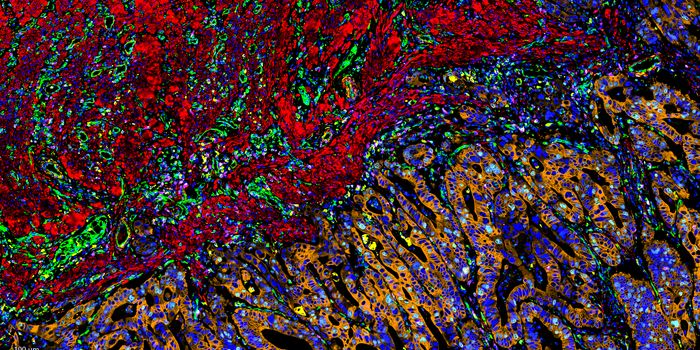Exposure to "Forever Chemical" Linked to Liver Cancer
In 1938, Dr. Roy Plunkett made an accidental discovery! He observed tetrafluoroethylene spontaneously polymerize into a white wax substance known as polytetrafluoroethylene (PTFE). The slippery, versatile PTFE can withstand heat and chemicals, making it a precious compound. In 1945, DuPont (now Chemours) trademarked PTFE as Teflon™. Since then, a family of similar products, collectively known as per- and polyfluoroalkyl substances (PFAS), has emerged and can be found in various products, ranging from the coating on cookware and firefighting foam to stain repellants and waterproof clothing.
PFAS are exclusively man-made chemicals that do not readily break down and have thus earned the moniker “forever chemicals.” The versatility of forever chemicals has resulted in their incorporation into various commercial and industrial products. However, exposure to certain PFAS has been linked to health risks, including increased cholesterol, decreased vaccine response, changes in liver enzymes, and increased risk of kidney and testicular cancer.
A study published in JHEP Reports has uncovered a new health risk associated with a forever chemical. Exposure to perfluorooctane sulfonic acid (PFOS), a substance commonly used in cooking products, has been linked to an increased risk of hepatocellular carcinoma (HCC), the most common form of liver cancer.
The researchers conducted a case-control study using patients enrolled in the Multiethnic Cohort Study (MEC), a large (over 200,000 participants) epidemiological study on the development of chronic diseases, including cancer. The MEC consists of residents in Hawaii and Los Angeles, uniquely providing a multiracial cohort of Caucasians, African Americans, Japanese Americans, Native Hawaiians, and Latinos. Participants enrolling between 1993 – 1996 answered a comprehensive survey providing details about diet, lifestyle, and family history of cancer. Between 2001 – 2005, participants provided biological specimens, including blood and urine samples, which researchers can assess to collect additional correlative data.
For the current analysis, researchers matched cases and controls for common age, sex, race, and location and compared PFAS exposure with the risk of HCC. Researchers identified cases of HCC developed at any time after enrollment using the Surveillance, Epidemiology, and End Results (SEER) database. Patients with HCC associated with viral infections, such as Hepatitis B or C, were excluded. Those classified as controls remained free of any liver disease.
The researchers measured PFAS levels in the blood, donated pre-diagnosis, using liquid chromatography with high-resolution mass spectrometry (LC–HRMS). PFAS concentration positively correlated to HCC risk. The analysis revealed that among all PFAS tested, the PFOS association appeared most robust. In fact, high PFOS levels induced a 4.5 times greater risk of HCC. Further testing liked PFOS to specific metabolites, including glucose and butyric acid, which raised the risk of HCC.
The authors state that this is the first prospective study to link PFAS exposure to the risk of developing HCC. The manuscript concludes that PFAS may play a role in HCC pathogenesis; however, the authors acknowledge the need for larger-scale studies to confirm their findings.
Between 1980 and 2015, liver cancer incidence in the United States tripled. The United States will see an estimated 41,000 new liver cancer diagnoses this year and over 30,000 liver-cancer-related mortalities. Over 70% of liver cancers are classified as HCC, and, with a five-year survival rate of less than 20% , knowledge gained on preventative strategies will significantly impact survivorship.
Sources: JHEP Rep, J Hepatocell Carcinoma, CA, Hepatatol Commun









